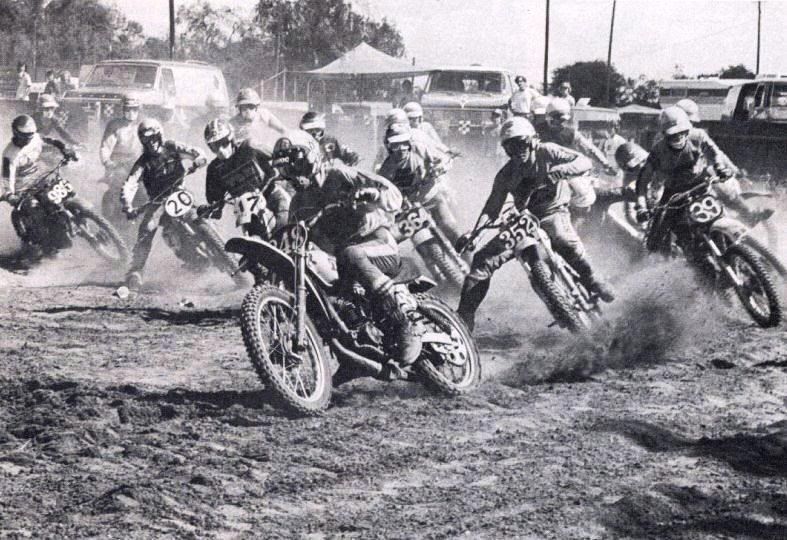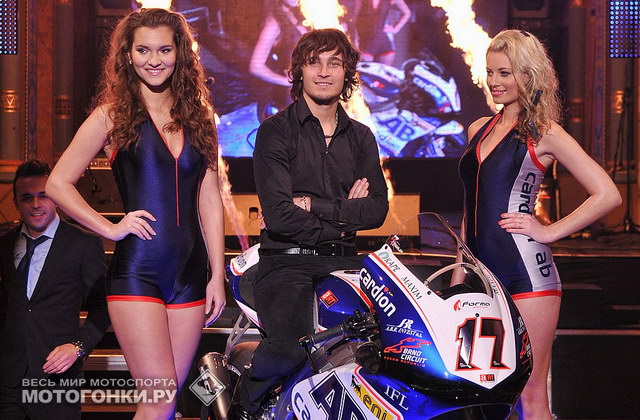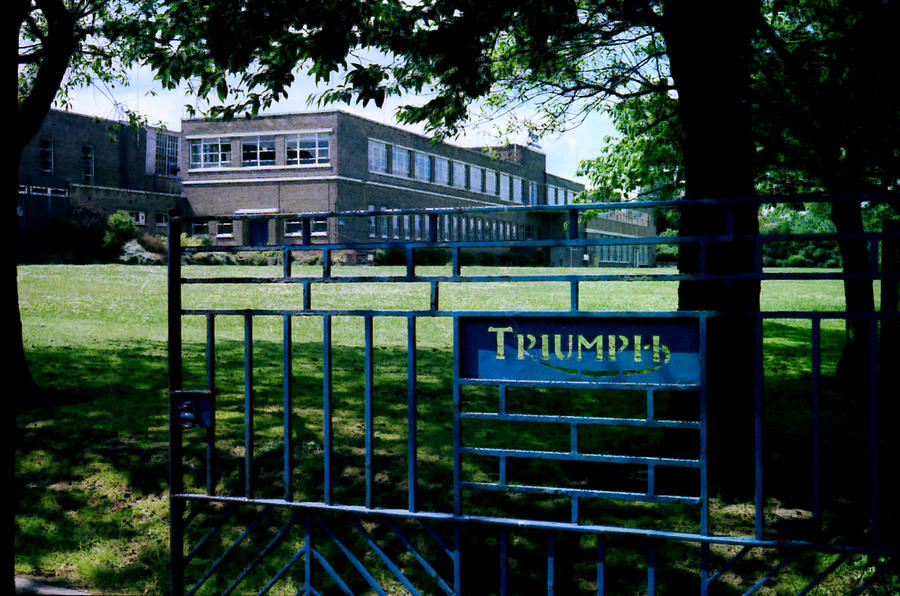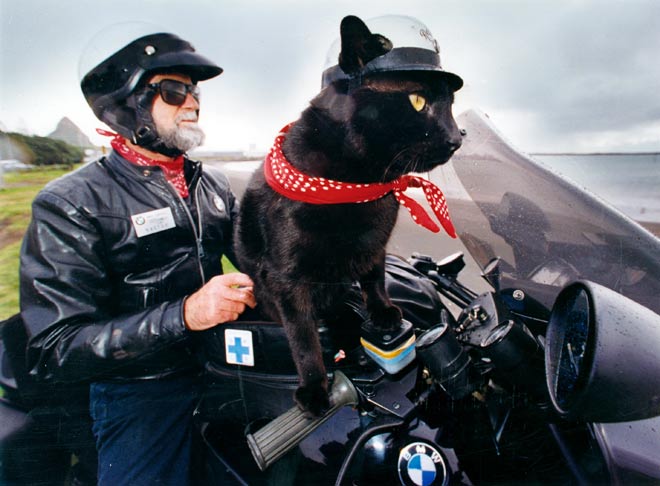




By 1972 two-stroke dirt bikes became so popular that they practically weren't even given a second notice. Except by environmentalists.
In the early days they were manufactured with unmuffled expansion chambers and were conspicuously noisy, and smoked a couple packs a day. In 1972 it was estimated that more than five million off-road vehicles (motorcycles, snowmobiles, ATV's, etc) were in use on public lands. Complaints against the expanding use of off-road vehicles caused President Nixon to issue on February 2, 1972, Executive Order 11644, calling for the regulation of motor vehicles on public lands. EO 11644 signaled the official declaration of a war for public lands that continues to the this day. Federal regulators saw the Order as a practically unfulfillable obligation to provide for appropriate and regulated use of off-road vehicles, whereas motorcyclists saw it as an effort to unfairly limit their enjoyment and eventually shut them out entirely, and some environmentalist organizations saw it as entirely unwarranted, preferring rather to see all public lands closed to motorized use.
Although federal agencies responding to EO 11644 have strived to objectify the problem and reduce it to statistical and scientific components, the real battle has continued on an emotional level. Ironically, "On Any Sunday" gave the opponents of off-road motorcycles their most enduring weapon. Depicting the mass start of the legendary Barstow to Vegas cross-country desert race from the bird’s eye vantage of a helicopter, narrator Steve McQueen asserted facetiously that the event raised “a dust cloud that settled three weeks later over London.” Environmentalists found the image and the assertion neither facetious nor funny. Thus, the movie that helped popularize off-road motorcycling became a weapon against it. Although point-to-point desert racing was not characteristic of how most off-road motorcycles were used, the horrendous image of the start of the Barstow to Vegas race became a symbol of the destruction of which every small trail bike was thought to be capable.
The battle over public lands raised America’s motorcycling community to a higher level of responsibility than ever before, largely through the work of the American Motorcyclist Association. The AMA put significant funding into researching and publicizing scientific techniques for the responsible management of public lands, added professionally trained staff to raise the dialogue with environmental organizations and federal land managers, encouraged its local clubs to model conscientious and responsible motorcycle use, and became the first motor sport governing body in the world to mandate mufflers on full racing machines, hoping the example would be emulated by individual road and off-road motorcycle owners.
Today in motorcycle history is a proud supporter of the National Association for Bikers with a Disability (NABD). www.nabd.org.uk



















